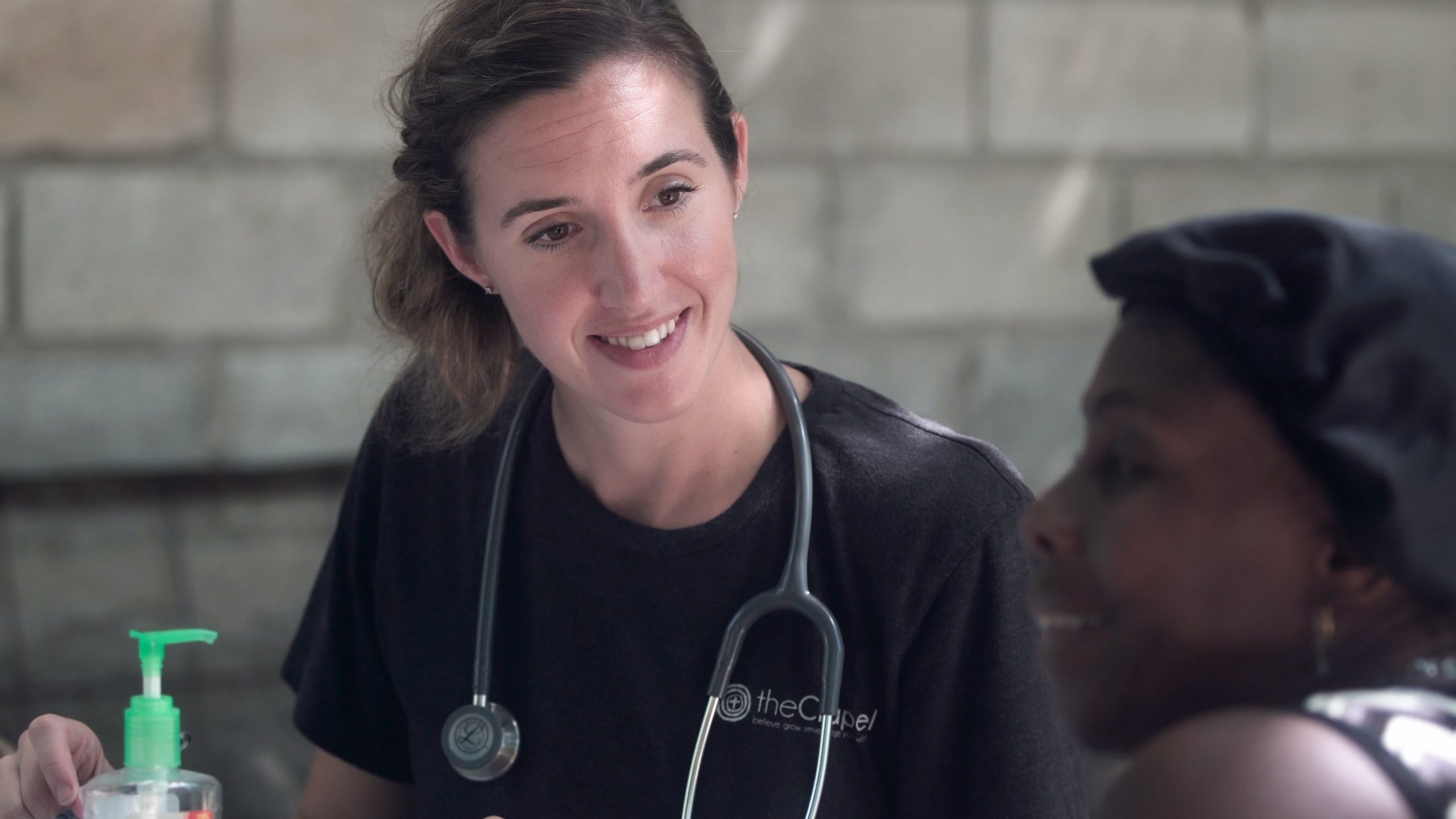In a time when more patients than ever are seeking digital touchpoints, those in the primary care sector would do well to consider how digital tools could be used in conjunction with in-office care to support female patients’ everyday health.
In recent years, direct-to-consumer solutions have significantly expanded women’s access to contraceptives, fertility tracking, and discreet diagnostic testing. New startups empower female patients to noninvasively assess their risk of developing pregnancy complications and preterm birth. Others provide women with the tools they need to gain a better understanding of their menstrual cycles and fertility; still others offer pre- and post-natal support. The solutions provided today are as prolific as they are diverse.
This direct-to-consumer expansion has paralleled a rise in investment in the women’s healthcare vertical. According to a 2018 report from CB Insights, overall funding activity in the sector has increased over the last several years, with 2018 closing nearly double the number of deals reported in 2013. Funding levels surpassed $500 million in 2018 — a significant leap from the $350 million noted only five years before. However, it should be noted that the majority of these investments are early-stage deals. Researchers for CB Insights report that seed or angel financing rounds made up well over half of all equity deals that year. They write that these findings “indicate the relative immaturity of this emerging market, as many startups in the space are borne out of incubator or accelerator programs and have yet to mature to later stages.”
The CB Insights team further suggests that the expansion in funding reflects a desire the women to be more independent in their healthcare. “[New solutions] “They offer women more freedom to seek out these resources themselves,” the researchers write, “without necessarily having to visit a doctor or other in-person healthcare professionals.”
The convenience appeal is obvious — but at the same time, viewing these tools solely as a means for women to avoid the doctor’s office is somewhat short-sighted. Currently, research indicates that few American patients use the Internet and digital apps to interact with their healthcare insurers or providers. There is an opportunity here to apply the interest that women are already showing in digitally-facilitated solutions to improve, not limit, their engagement with their primary care physician.
Ample research suggests that better patient activation leads to better healthcare outcomes. One report published in a 2013 issue of Health Affairs found that interventions designed to help patients build the skills and confidence they need to manage their daily care can improve activation. The researchers conclude that “policies and interventions aimed at strengthening patients’ role in managing their health care can contribute to improved outcomes and that patient activation can—and should—be measured as an intermediate outcome of care that is linked to improved outcomes.”
These conclusions underpin similar research that has focused specifically on the feeling of agency digital tools can provide to female patients. Last year, researchers in Australia found that women who used digital tools felt that they had a better understanding of their bodies, illness, and healthcare needs. The report writes that “the participants referred time and again to appreciating the feelings of agency and control that using digital health technologies afforded them.” This indicates that the increased agency that women who use these solutions feel can serve as a means of activation. Primary care physicians can tap into this interest and use it to better engage patients in health conversations and, over time, improve care outcomes.
Personal digital technology has the potential to boost engagement and further communication with providers, ultimately leading to better health and outcomes for women’s health. However, these benefits will not appear as new technology comes to market. Physicians will need to actively incorporate digital solutions into their patient engagement strategies and guide their patients towards useful tools.






